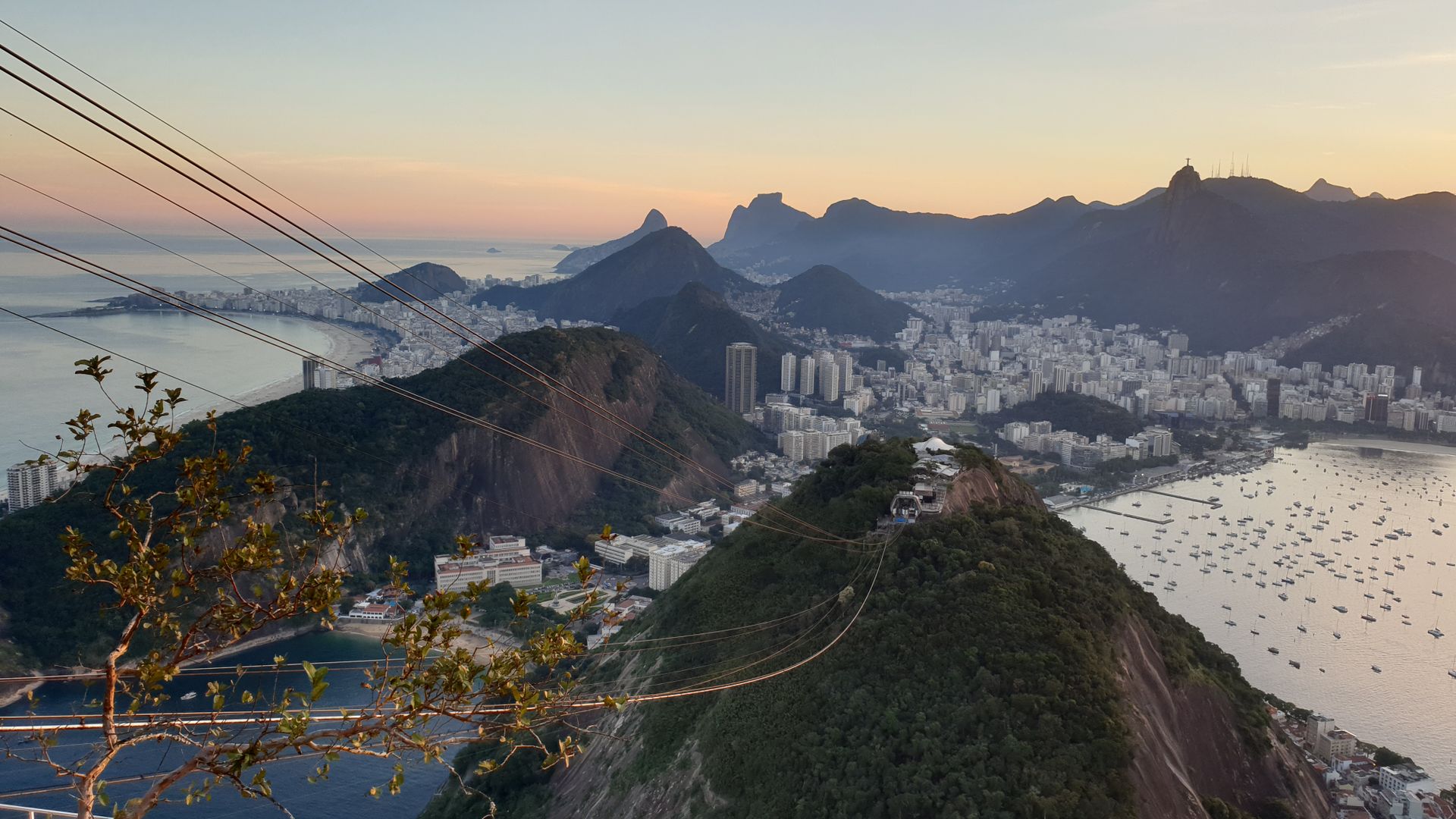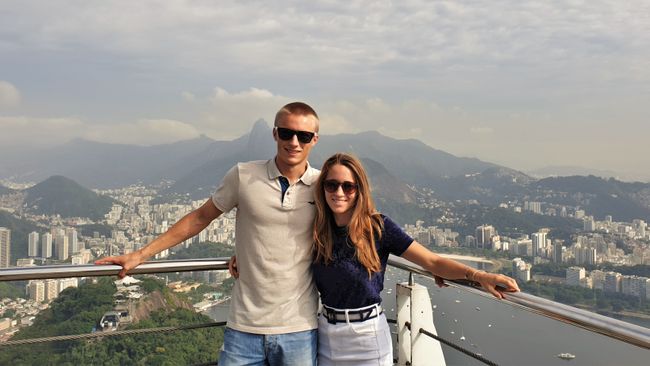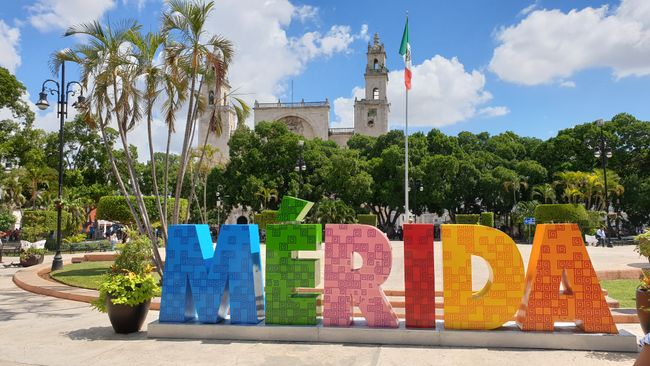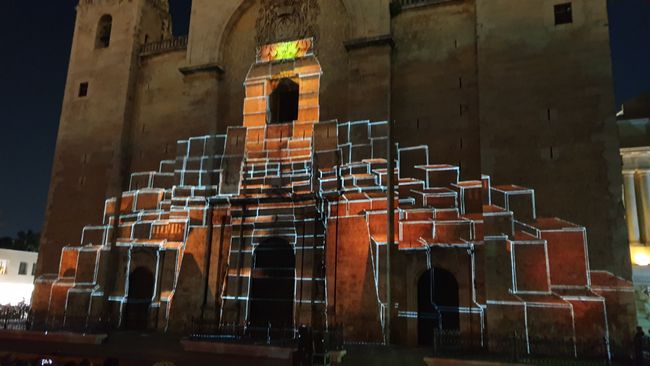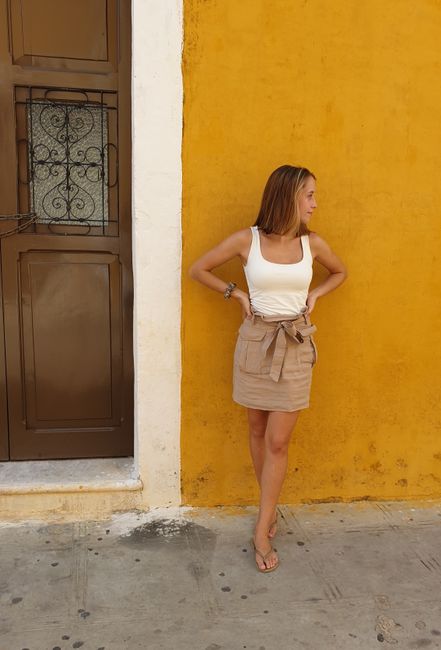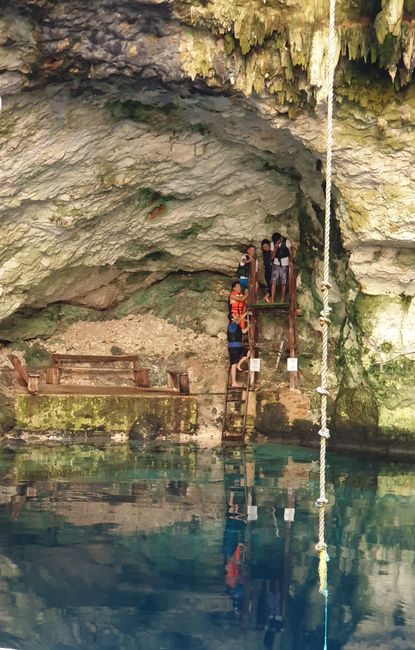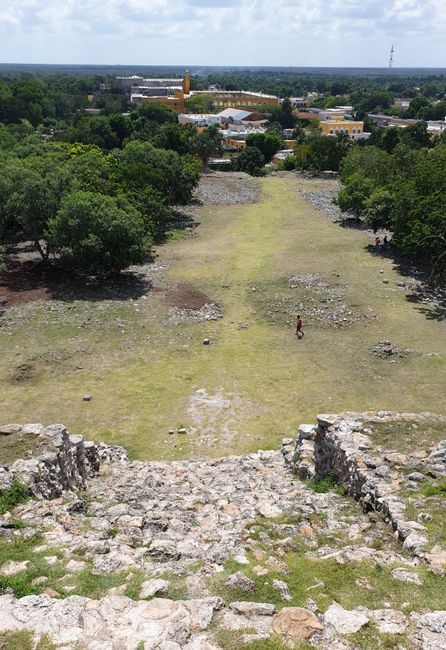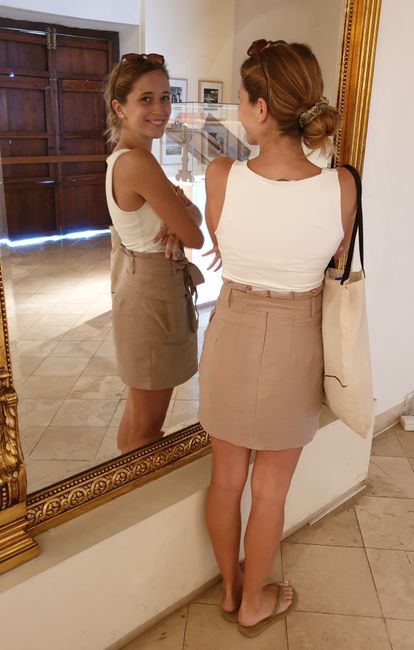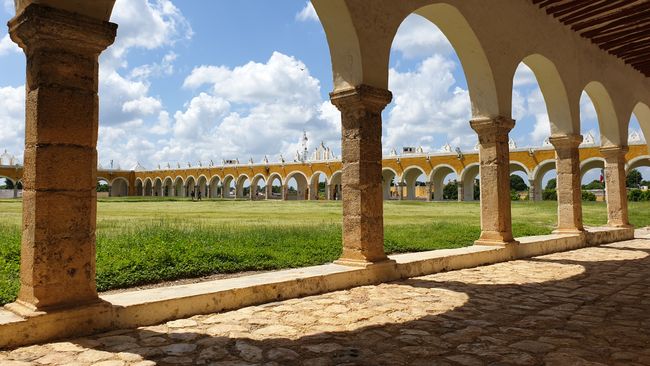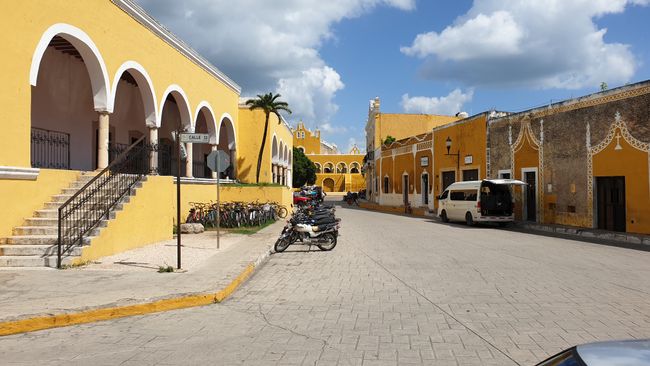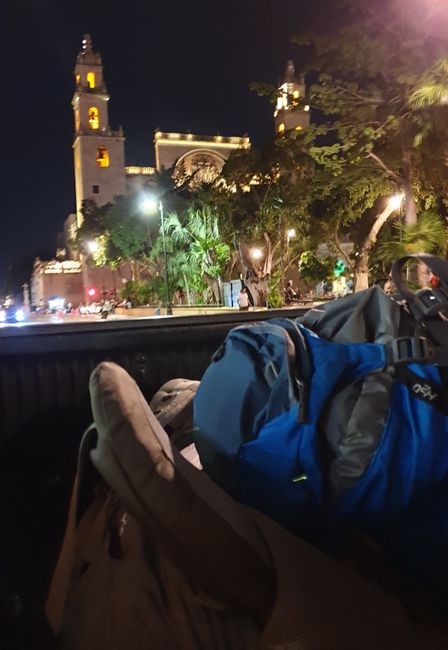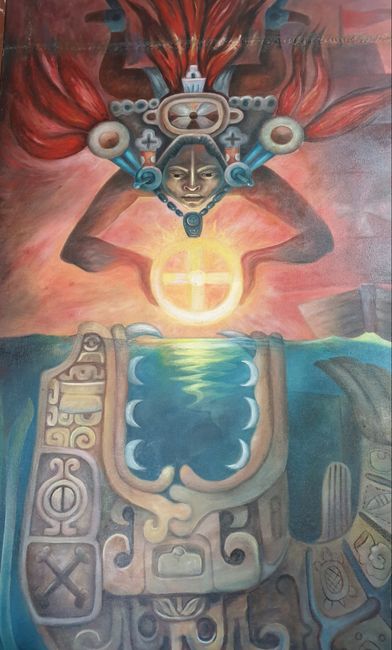Mexico #5 - Merida
خپور شوی: 05.11.2019
خبر پاڼه کې ګډون وکړئ
The next stop on our journey was Merida, the capital of Yucatan. From a historical and cultural perspective, it is the most interesting city on the peninsula.
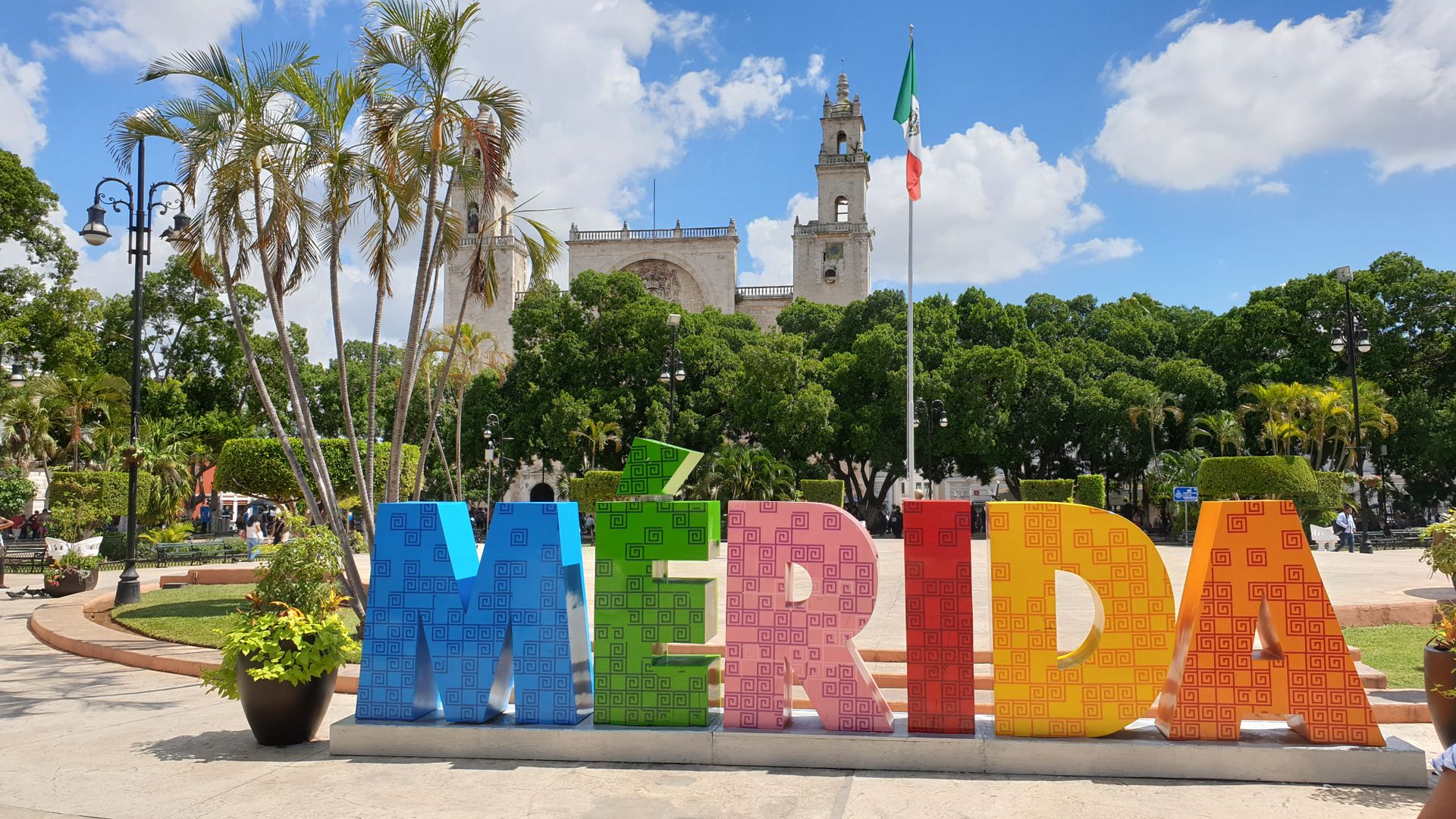
Historical
During a guided morning city tour, we learned a lot about Mayan cultures, colonization, and the independence of the peninsula. Over four millennia, Maya tribes spread throughout Mesoamerica and created a highly developed culture.

The supposed decline of the civilization began with the arrival of the Spaniards at the end of the 15th century. Here in Merida, the Spaniards built the first church on the mainland of the American continents at the end of the 16th century. Mayan temples were dismantled to use their precisely crafted stones for the construction of this church and other important buildings. Despite the burning of sanctuaries and entire libraries of Maya texts, the colonists never managed to completely banish Maya culture from Yucatan.
The coexistence of colonial history and Maya culture seems to work very well here today: there are still some Maya tribes living here, and many Mexicans still consider Maya their mother tongue.
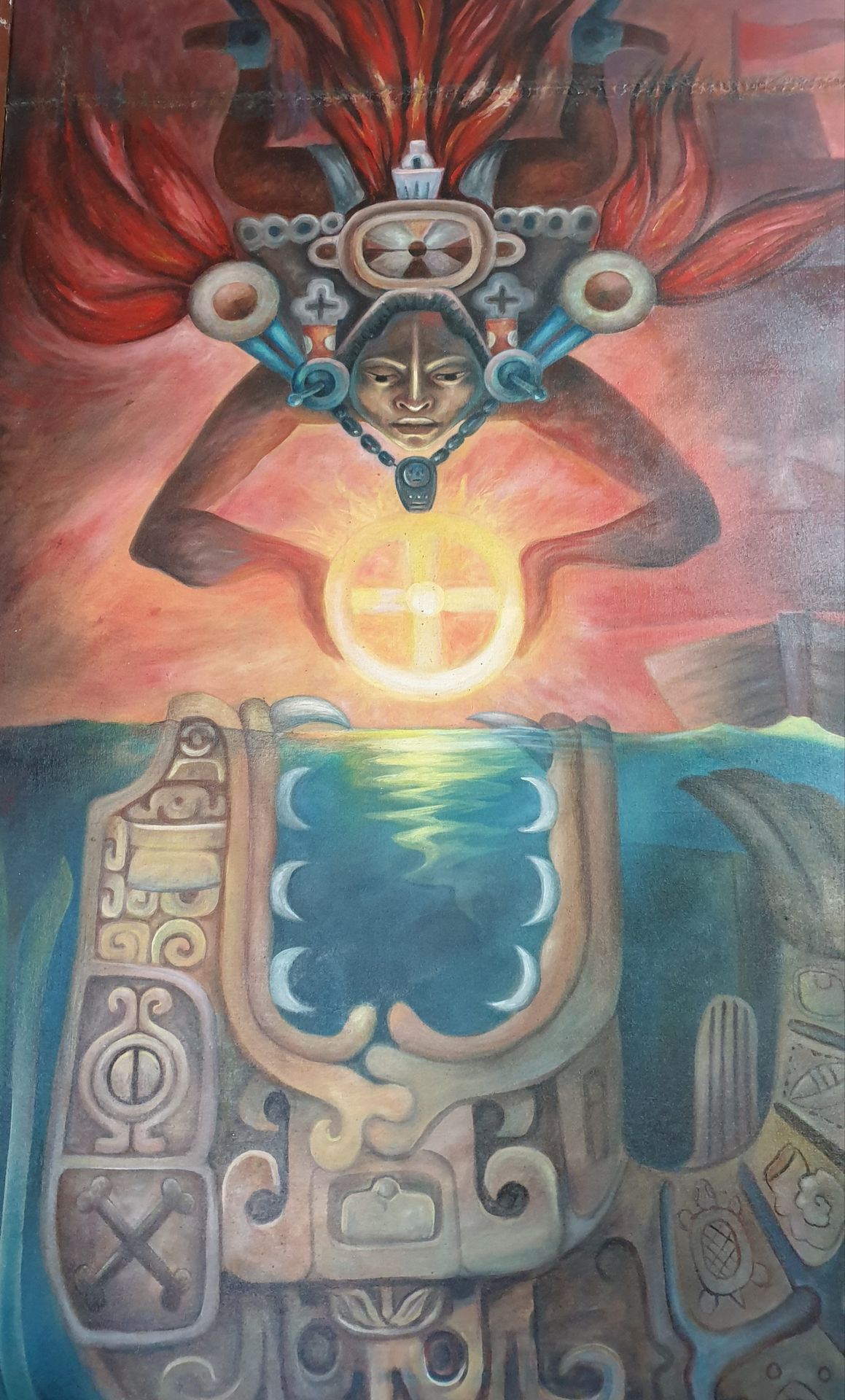
Due to the burning of Maya cultural assets, there are only three original Maya books left today, one of which is exhibited in Dresden. The language, which currently consists of over 900 characters, was long considered an unsolvable puzzle and was in danger of being forgotten. However, the Russian soldier Yuri Knorozov made it his life's work to solve the Mayan code in 1945, even though he had never been to Yucatan. Protected by the Iron Curtain, he cracked the language, opening up completely new possibilities for understanding this ancient civilization.
Independence Struggles
Due to the dense forests of Yucatan, the region was practically only connected to the rest of Mexico by sea in the past. This distance, combined with political disagreements, allowed Yucatan to gain independence several times in the early 19th century.
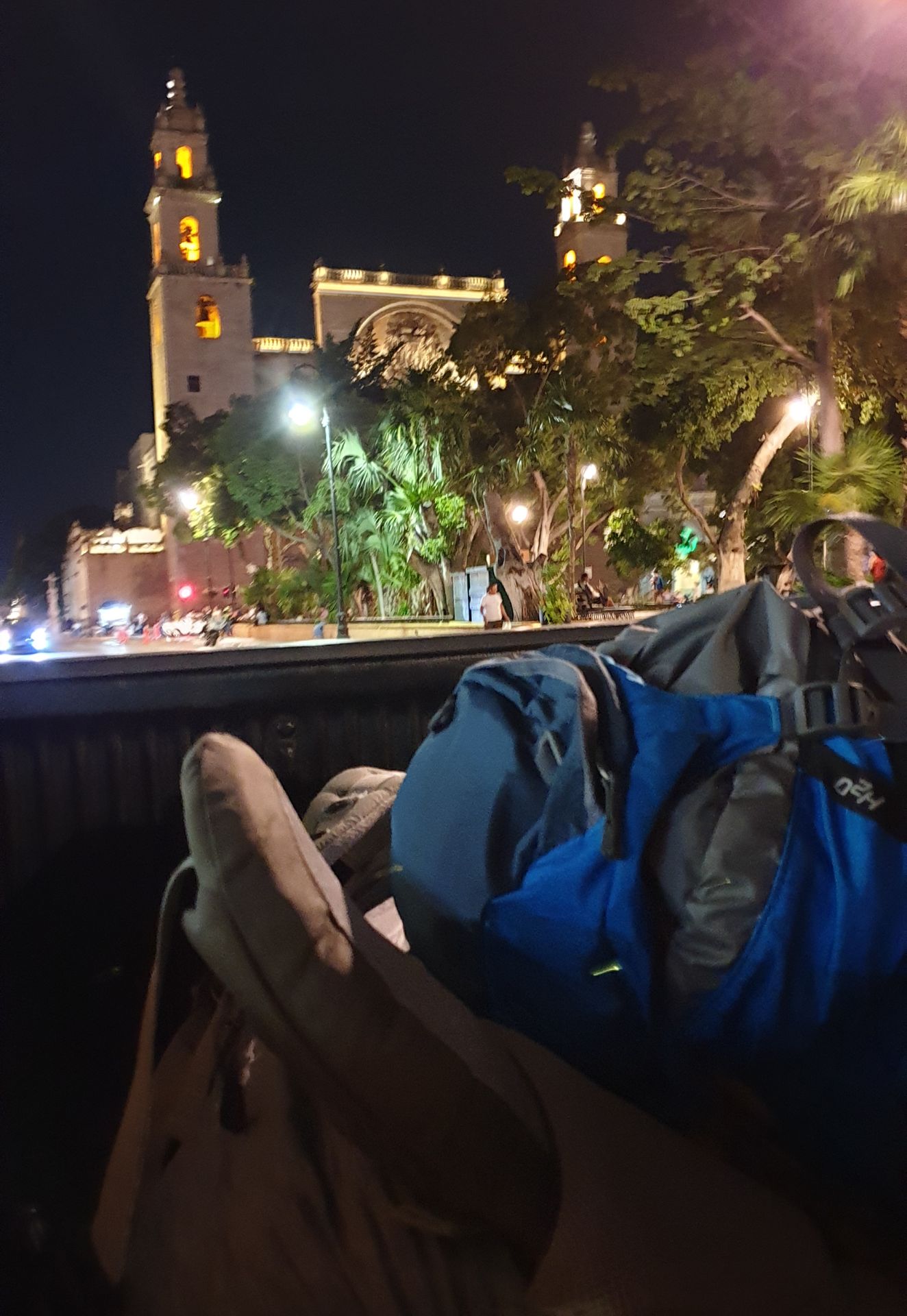
However, when a caste war broke out in 1847 between the indigenous and Spanish-descended population, the defeated creoles saw no other option but to ask for support from Mexico. In the end, after several short periods of independence, the final reunification took place.
But back to the present...
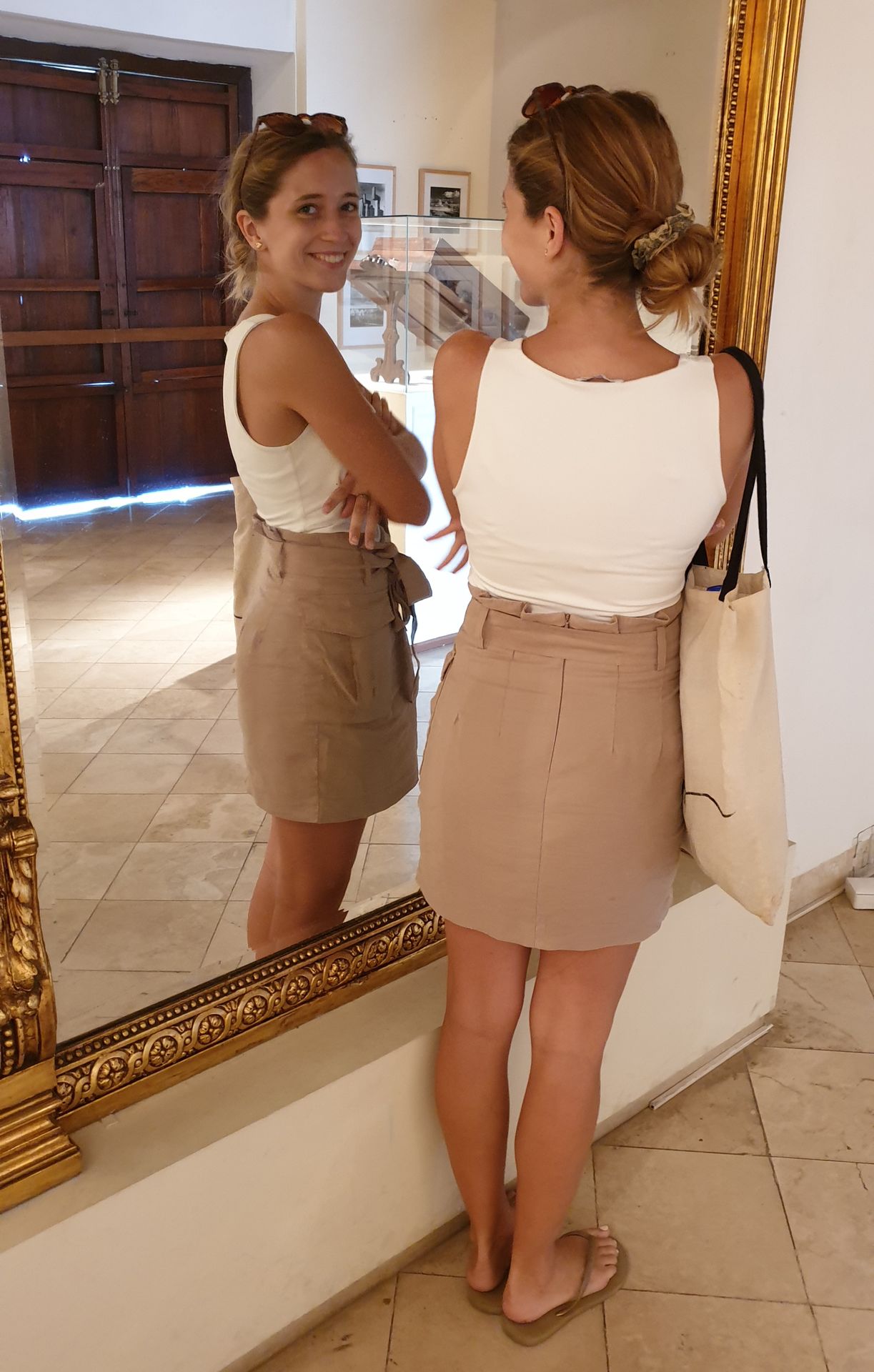
In Merida, we had two more positive experiences with CouchSurfing and slept in hammocks for the first time. With our first host Caesar and two friends, we took a tour to the Yaxbacaltun cenote, which turned out to be a real adventure.
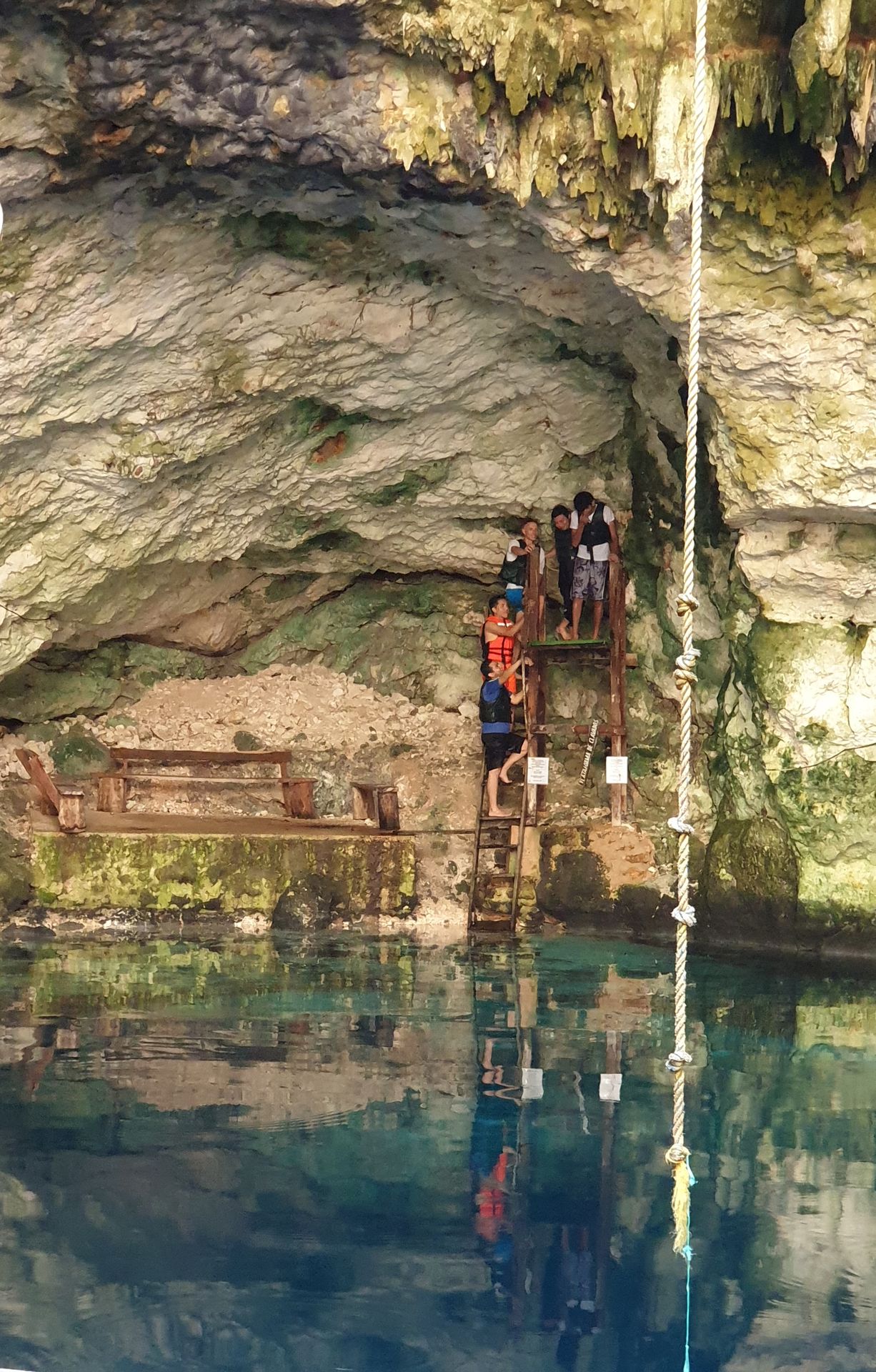
It turned out that despite the beautiful beaches and cenotes, some Mexicans cannot swim and have a great respect for the water. While we were sizzling on the back of the pickup truck on the way there, it started pouring rain so heavily on the way back that it was impossible to continue the journey on the back of the truck.
Izamal

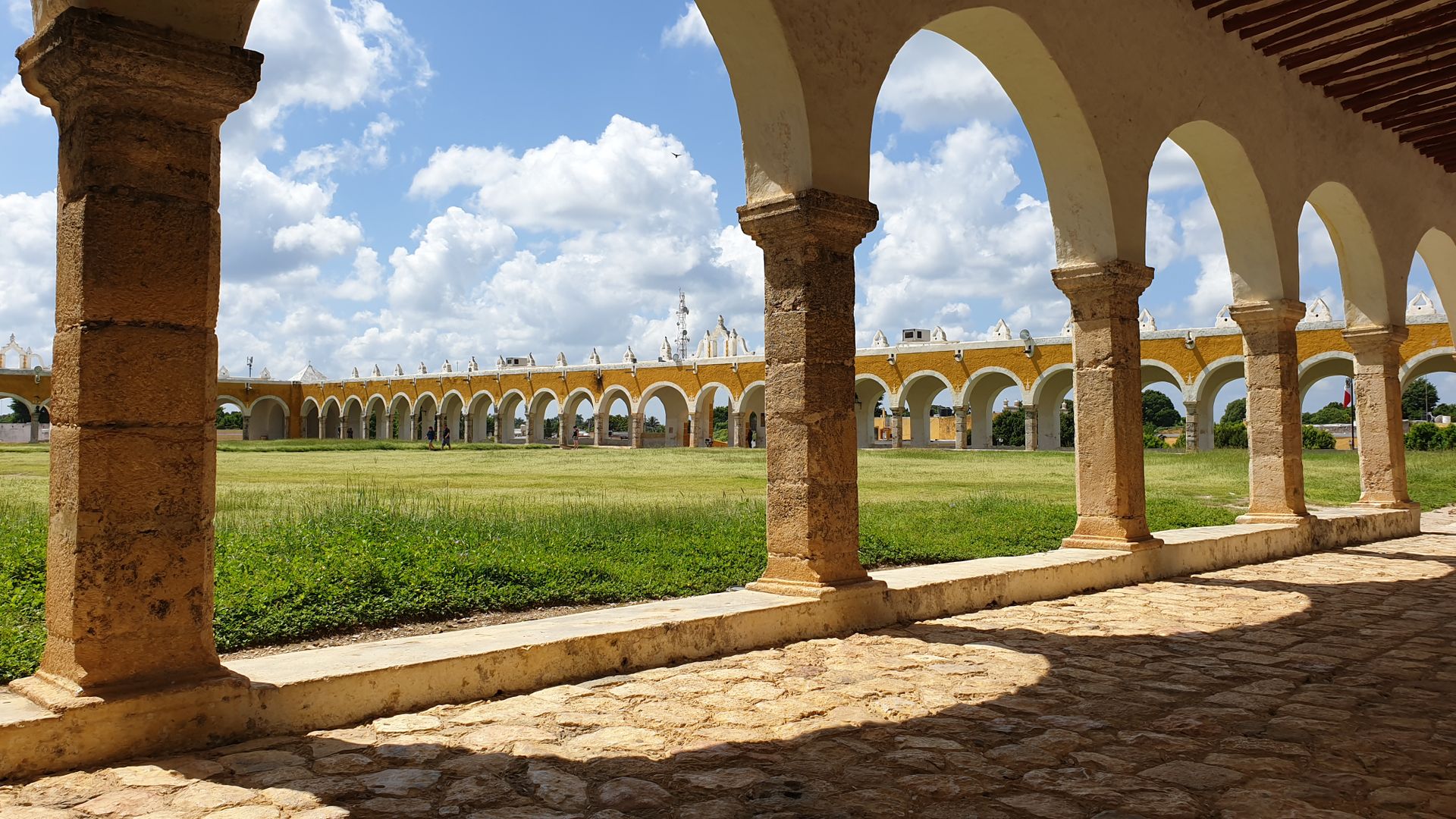
We also made another trip to "the yellow city" Izamal. In honor of a papal visit, the residents have dressed the whole city in Vatican yellow color and have since enjoyed it. The enormous Mayan pyramid "Kinich Kakmó" is also located in the city. From a distance, one underestimates its immense size, as nature has reclaimed the lower levels.
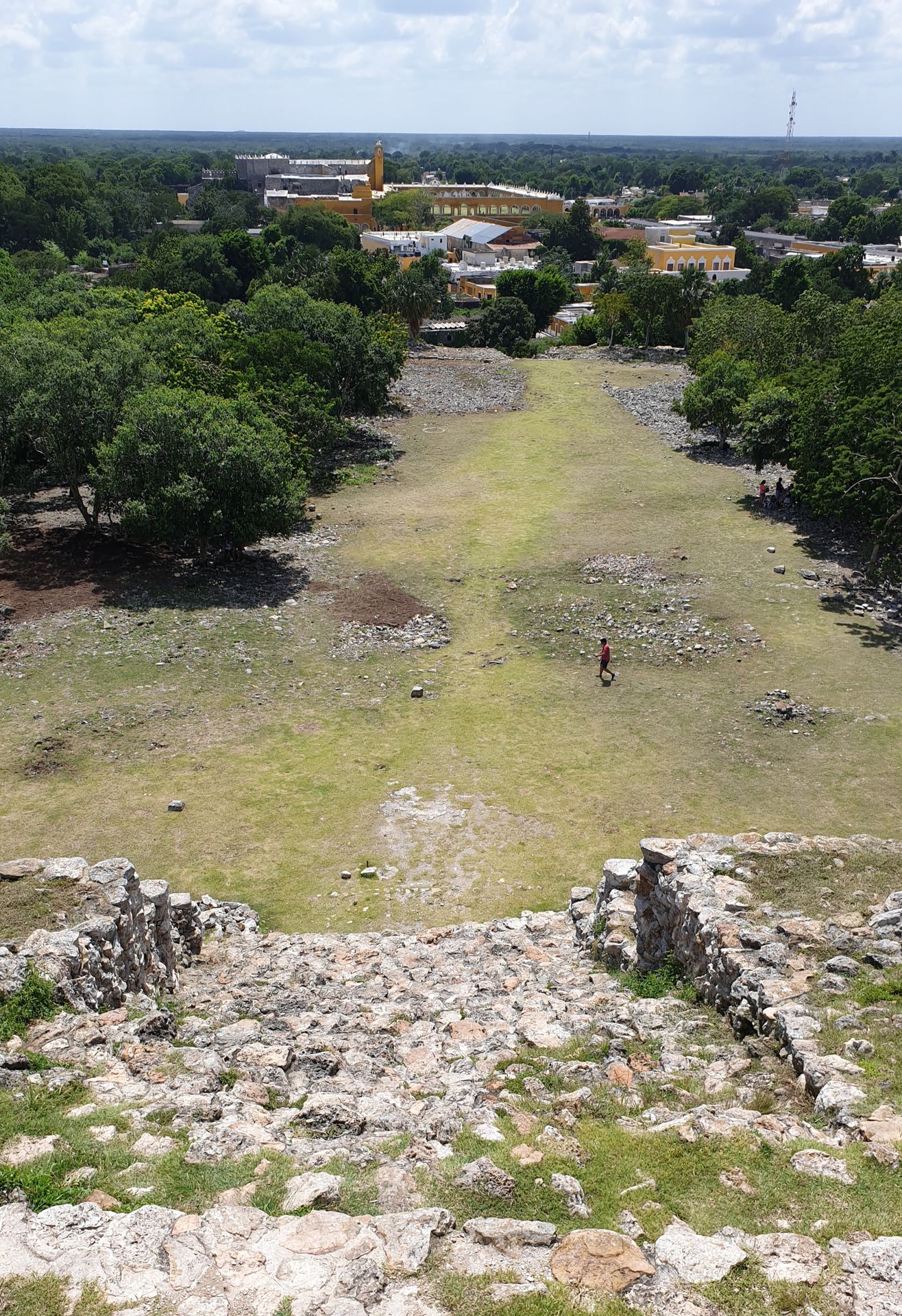
Among all the tourist attractions, we really enjoyed the authentic Mexican way of life here in Merida. Next, we will be a bit more touristy in Bacalar.
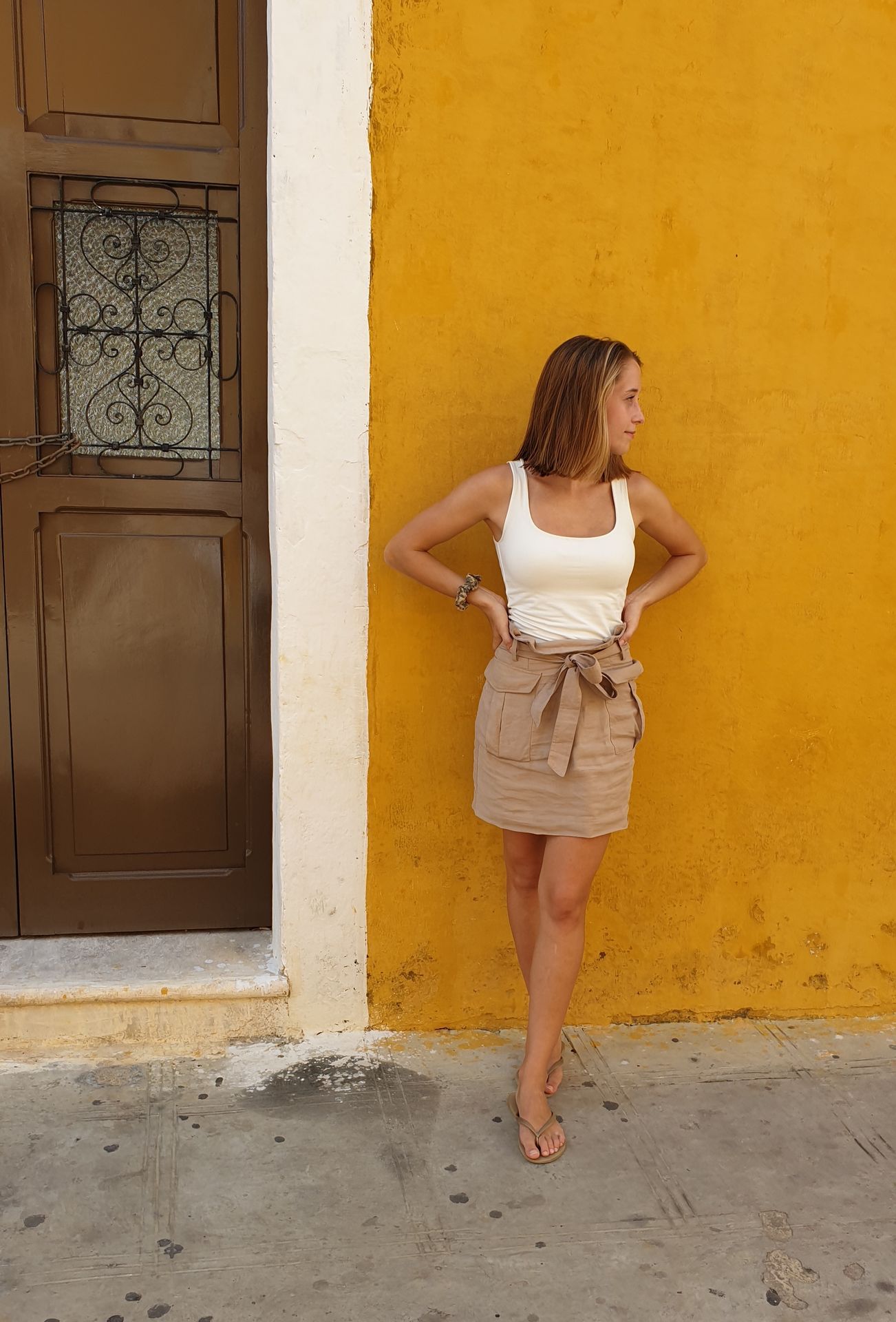
Saludos!
D&J
خبر پاڼه کې ګډون وکړئ
ځواب
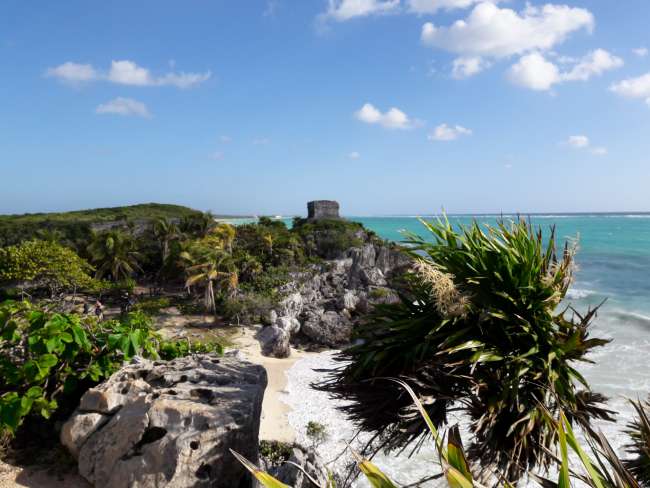
د سفر راپورونه میکسیکو
